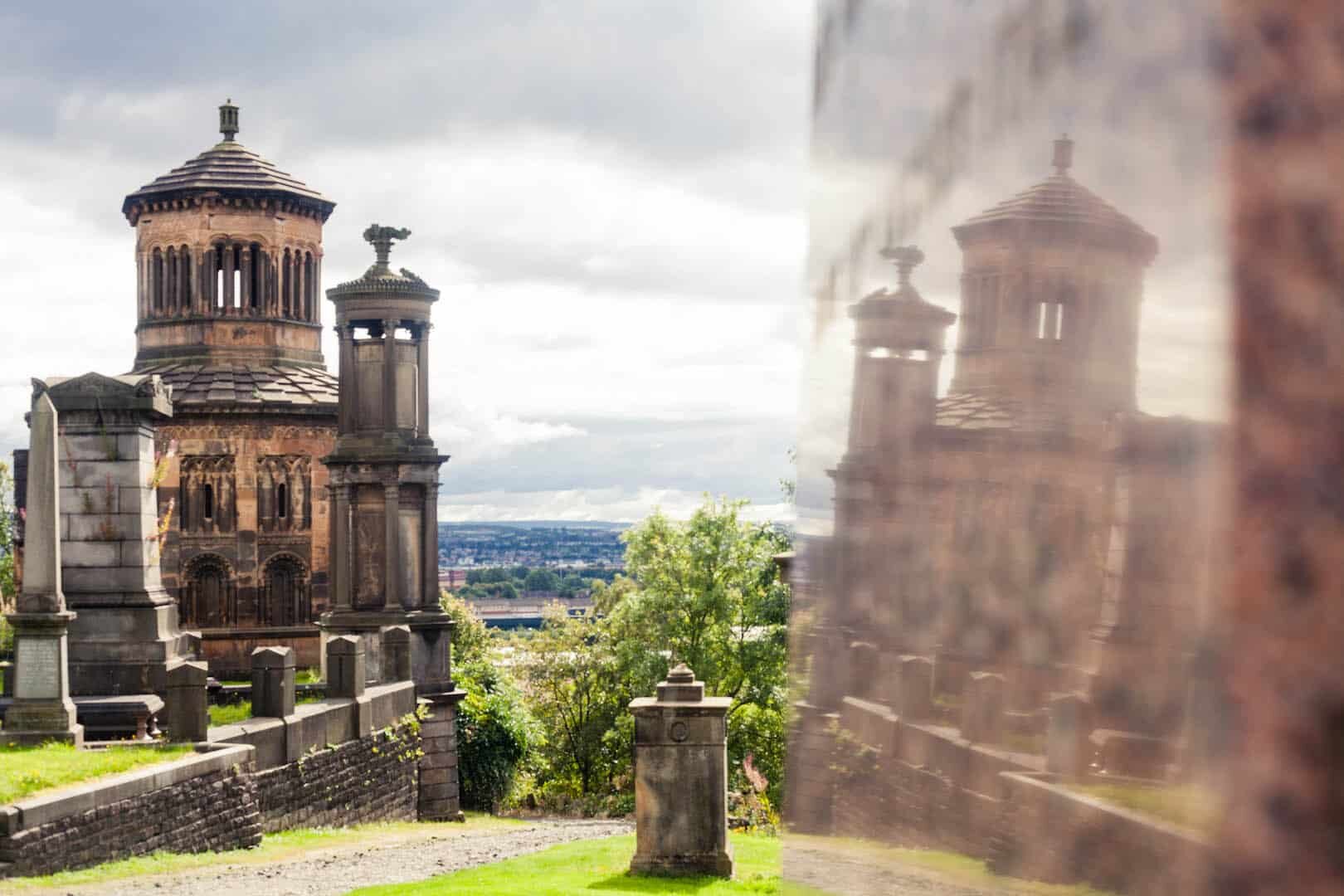
By Kathi Kamleitner from Watch Me See
The city of Glasgow might be Scotland’s largest, but compared to the medieval charm of the capital Edinburgh it is the underdog of Scottish city trip destinations. Yet, the city will surprise you with beautiful Art Nouveau architecture, sprawling parks and greenery and a thriving, trendy neighbourhoods.
Glasgow is a city for wanderers and is best explored by taking it slowly and focusing on the details. Hidden lanes, playful facades and welcoming locals will make any photographer’s heart beat faster.
Here are some of my favourite photography locations in Glasgow to make the most of your city trip.
#1 The Lighthouse
The first thing I do when I get to a new city is trying to find a vantage point to get a bird’s eye view of what I am dealing with. The Lighthouse is the Scottish Centre for Architecture and Design. Located in a building that was designed by the city’s most famous architect, Charles Rennie Mackintosh in 1985, it was refurbished and turned into a creative hub in the late 1990s.
It was originally built to house the offices and storage of a local news paper and thus it needed a space to hold a large water tank for emergencies. The tower, which gives the building its name as it sticks out over the city center like a Lighthouse on the coast, is accessible to the public via a narrow and winding staircase with over 300 steps – but the views from the top are worth the effort.
From above you get an idea for the layout of the city, how narrow it is north to south, but how wide and sprawling it is along the River Clyde from east to west. You see how close the mountains and hills are and where old meets new in terms of the architecture.
The platform is narrow and can be busy on a sunny weekend day, so I suggest you come early during the week or plan enough time to wait until you’ve got the tower to yourself.
The Lighthouse is free to access and is open everyday 10.30am to 5pm, except on Sundays when it opens at 12pm.
More info: http://www.thelighthouse.co.uk/
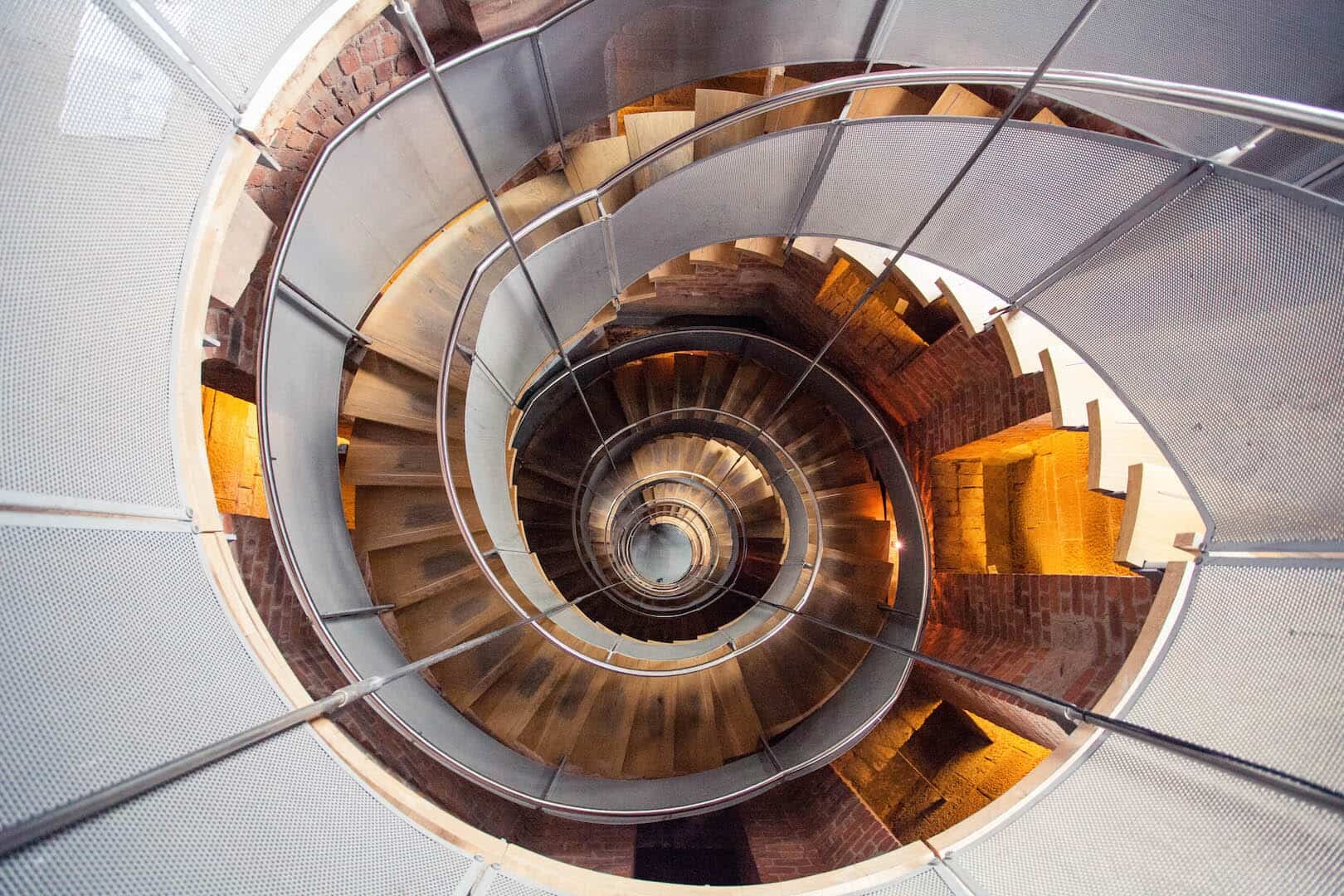

#2 Glasgow Cathedral and Necropolis
Another vantage point to enjoy a view of Glasgow is the top of the Necropolis, a Victorian cemetery behind Glasgow Cathedral. Some of the graves date back many centuries and have the most intricate grave stones. You will find beautiful Celtic crosses and stone carvings here, as well as views over the green city.
The Cathedral itself is also worth a visit. It is Glasgow’s oldest building and one of the few Gothic cathedrals in this style left in the UK. Unlike many other Gothic churches that were dismantled after the Reformation and repurposed as building material in new buildings, Glasgow Cathedral survived the test of time. The oldest parts of the church date back to the 10th century. The interior is beautiful and a great spot for photographers – keep an eye out for the wooden ceiling and the beautiful stained glass windows.
More info: https://www.glasgownecropolis.org/, http://www.glasgowcathedral.org.uk/
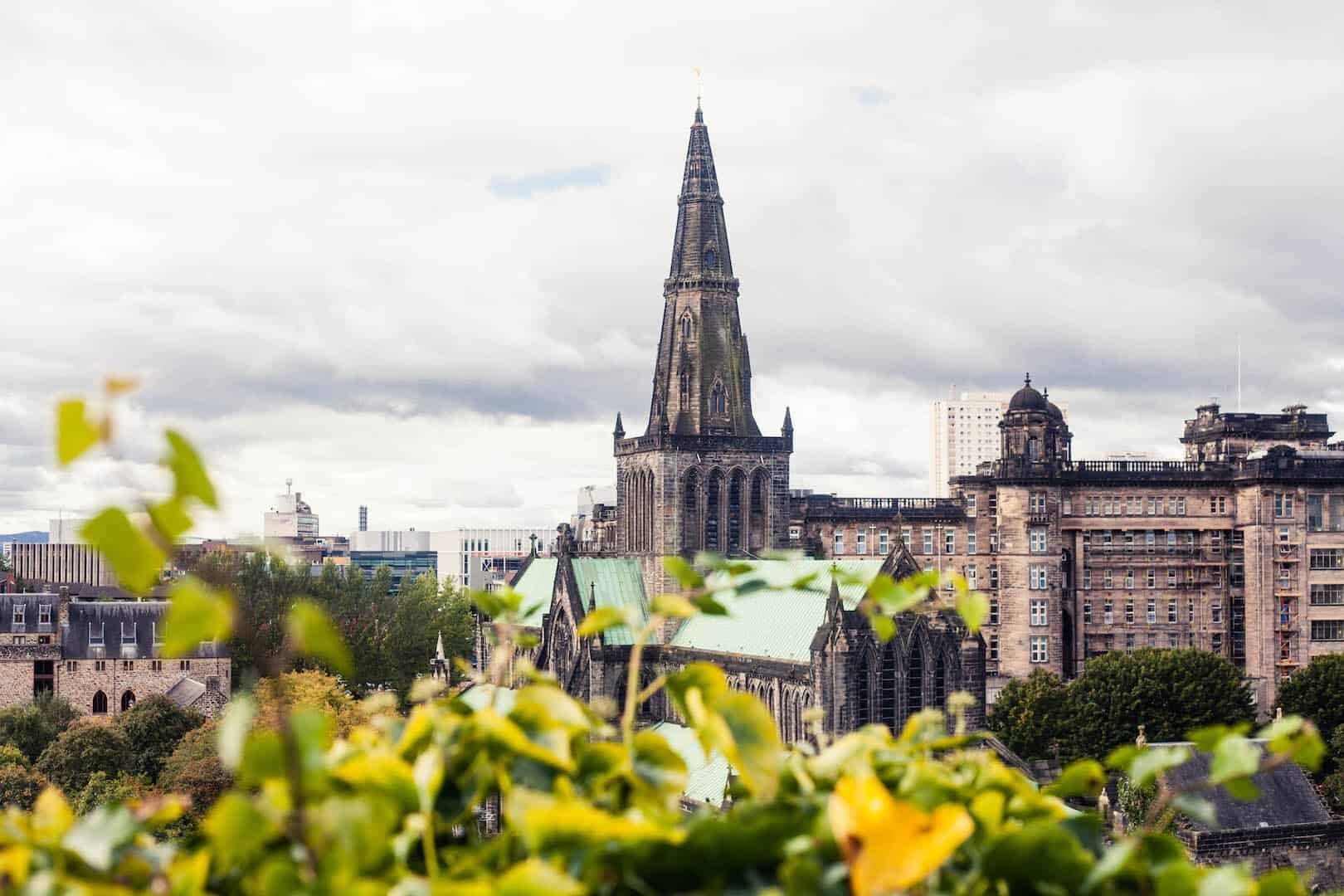

#3 City Centre Mural Trail
Street art and colourful murals are always a pleasure to photograph – and it’s a completely free activity in Glasgow! The City Centre Mural Trail runs through the city centre of Glasgow and takes in a variety of commissioned murals by local and international artists. Some, like the Rogue-One’s Shadow Hand Puppets or Stormie Mills’ Lost Giant are tucked away in narrow lanes and underpasses, while others like Smug’s St Enoch & Child are impossible to miss.
There are currently 26 murals along the trail, but new ones pop up all the time. Two of my personal favourites are Smug’s Honey I Shrunk the Kids and Rogue-One’s The World’s Most Economical Taxi, both on Mitchell Lane near The Lighthouse. If you wait for someone to walk past Smug’s piece, you can take a photo that looks as if the painted woman is trying to pick them up!
More info: https://www.citycentremuraltrail.co.uk/

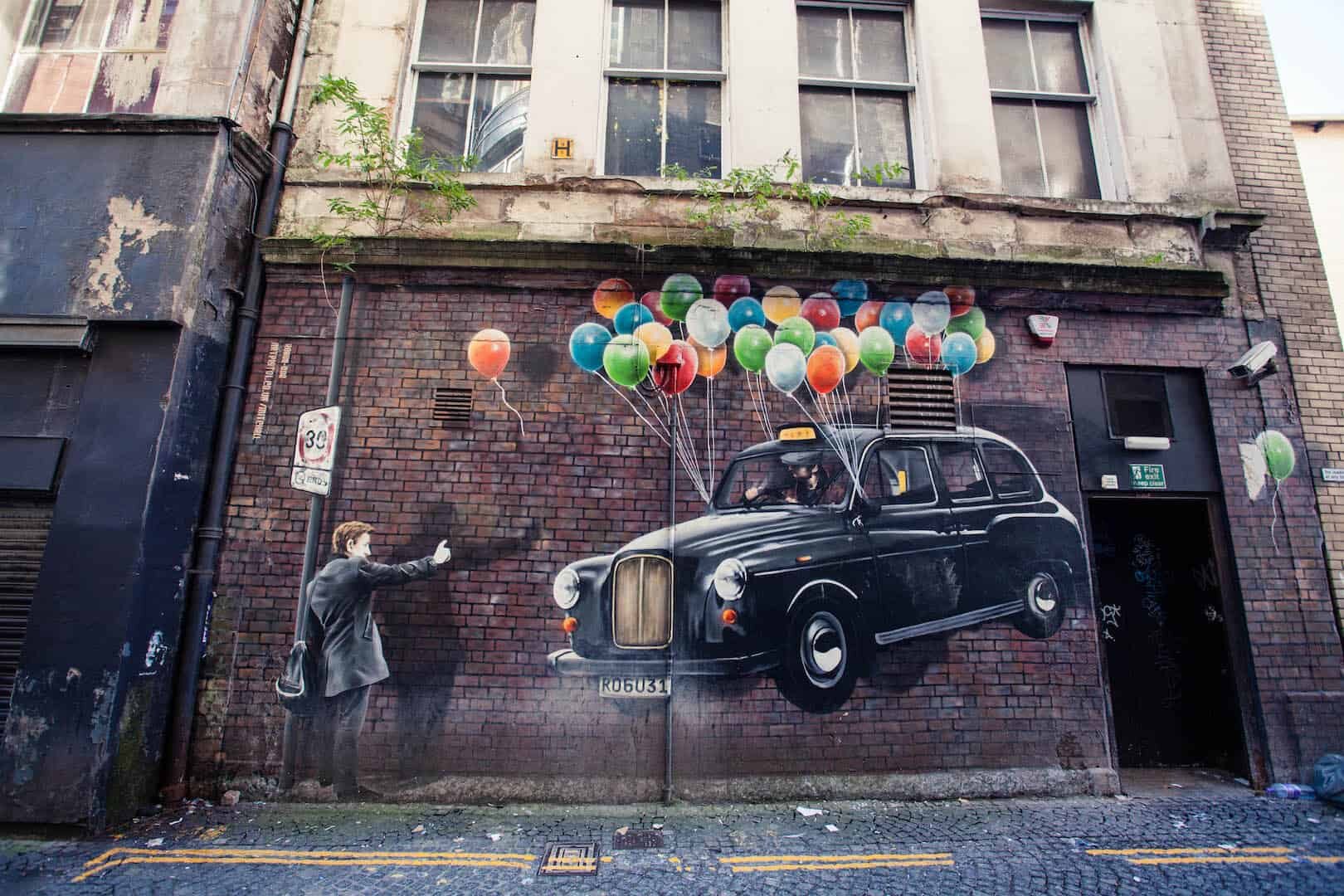

#4 Kelvingrove Art Gallery & Museum
Most museums in Glasgow are free to enter and many are located in buildings that are interesting to visit themselves. Think of the Riverside Museum for Transport that is located in a building that was designed by Zaha Hadid, or the Gallery of Modern Art in a majestic townhouse that was built for a wealthy merchant in the 18th century.
But the most impressive of all is the Kelvingrove Art Gallery and Museum in the West End of Glasgow. Surrounded by the lush Kelvingrove Park and right at the banks of the River Kelvin, this museum is gigantic. It holds a hotchpotch of collections, from shiny rocks and crystals to dinosaur bones and fossils, furniture from around the world and of course many paintings, including a Salvador Dali.
One of my favourite pieces to photograph at the Kelvingrove is the Floating Heads installation by Sophie Cave.
More info: https://www.glasgowlife.org.uk/museums/venues/kelvingrove-art-gallery-and-museum

#5 University of Glasgow
Welcome to Hogwarts! The University of Glasgow is one of many university campuses around the UK that prides itself to bear resemblance with the famous School of Witchcraft and Wizardry. There are many great photo spots around the main campus including the courtyards and cloisters at the main building, the south-facing gate and bell tower, the memorial gate and the round reading room.
The campus is freely accessible to the public.
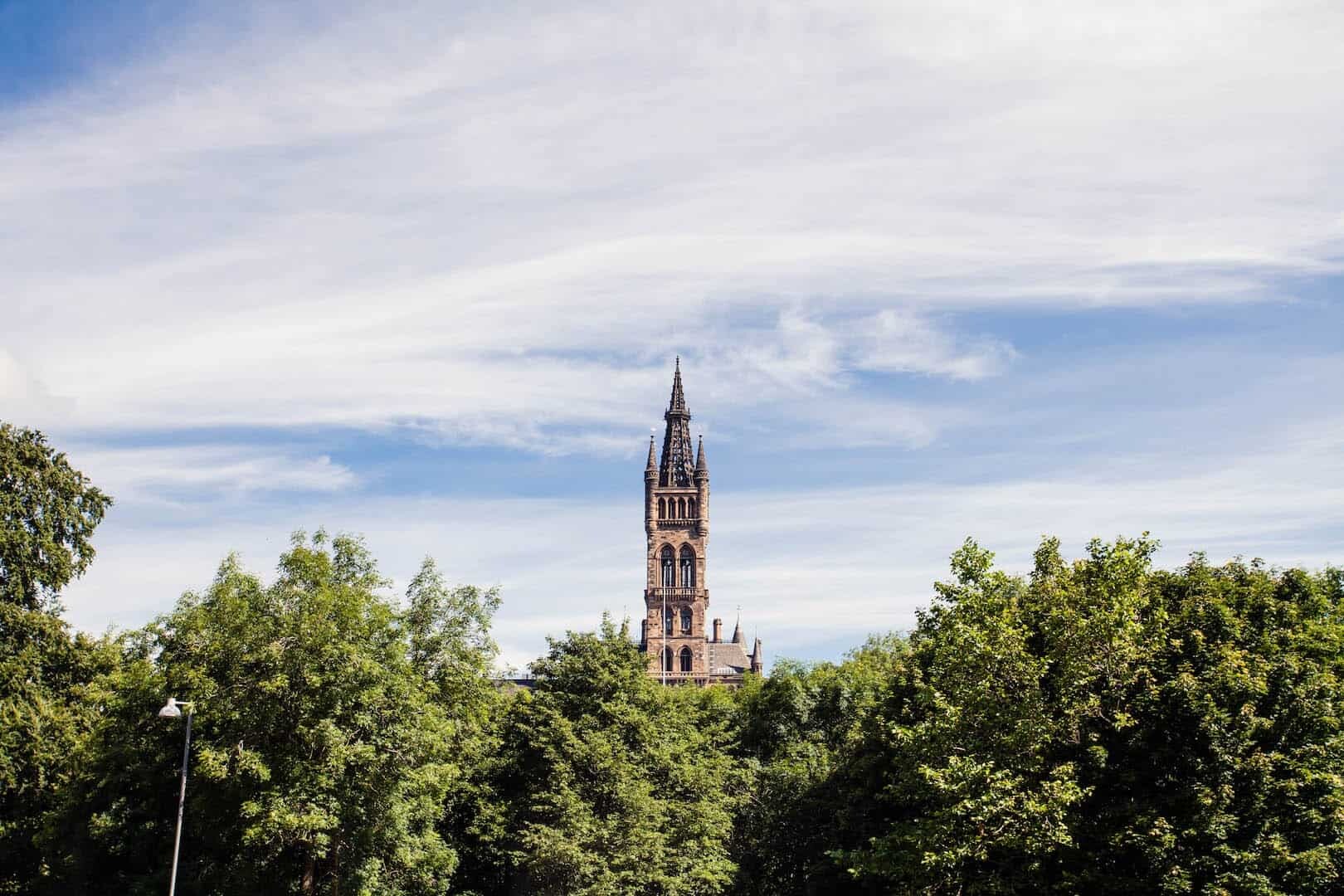
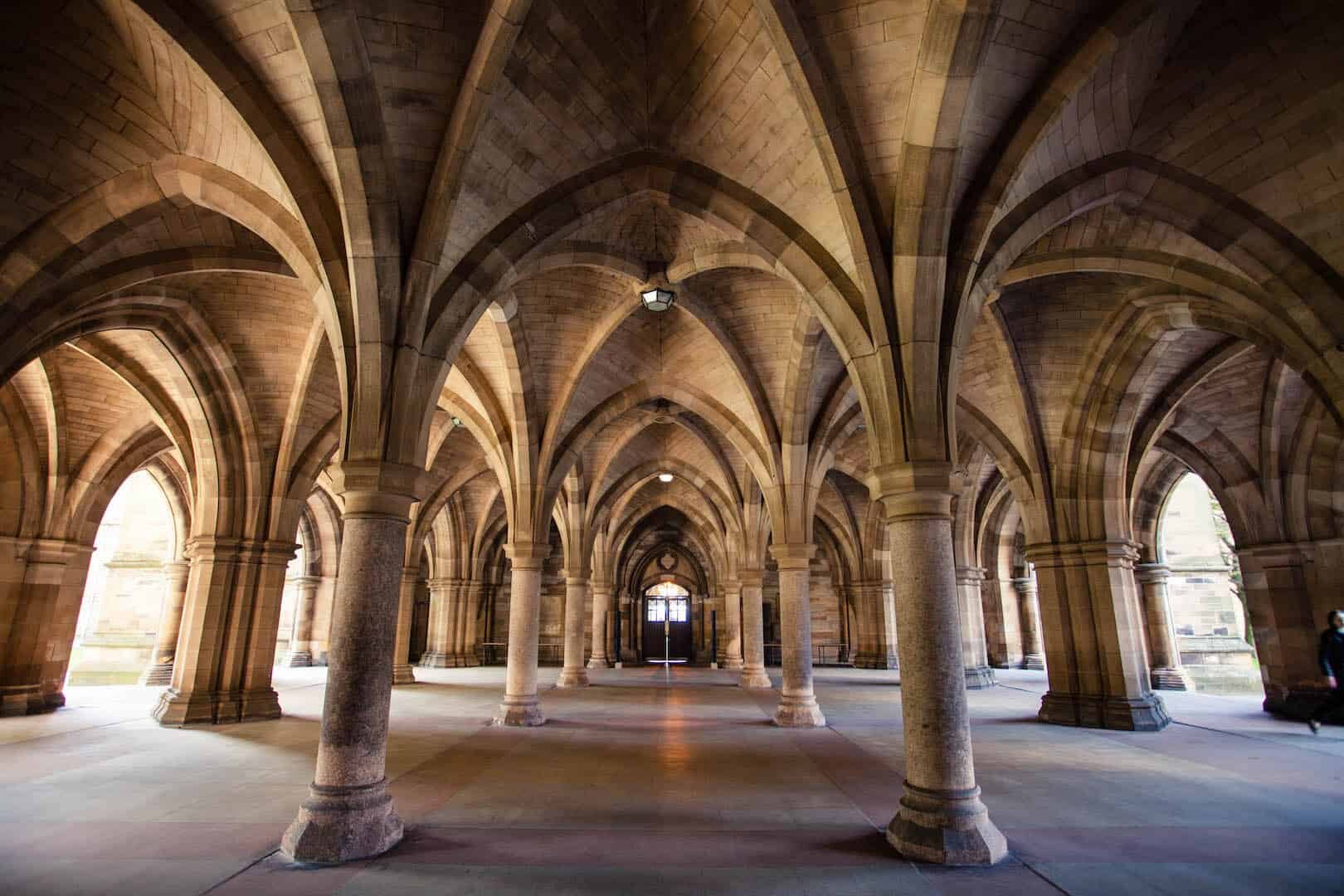
#6 Botanic Gardens
Glasgow really lives up to its name, which means “Dear Green Place” in Gaelic. There are so many parks and gardens around the city – you will have already spotted that from the viewpoints at the Lighthouse or the Necropolis. Near the University you can go for a stroll through Kelvingrove Park or along the River Kelvin and Kelvin Walkway, but my personal favourite is a walk through the Botanic Gardens.
The trails through the Gardens are paved and lead through various kinds of vegetations – enormous Rhododendron bushes and yew trees, tall deciduous and coniferous trees along The Tree Trail, beautiful flower beds and a herb garden. There are also two glass-houses: one large glasshouse that features many rooms with plants from different parts of the planet, and the smaller, but visually stunning Kibble Palace, a round conservatory filled with tree ferns.
The Botanic Gardens are open every day from 7am to dusk. Both glasshouses open at 10am and are free to enter.
More info: http://www.glasgowbotanicgardens.com/
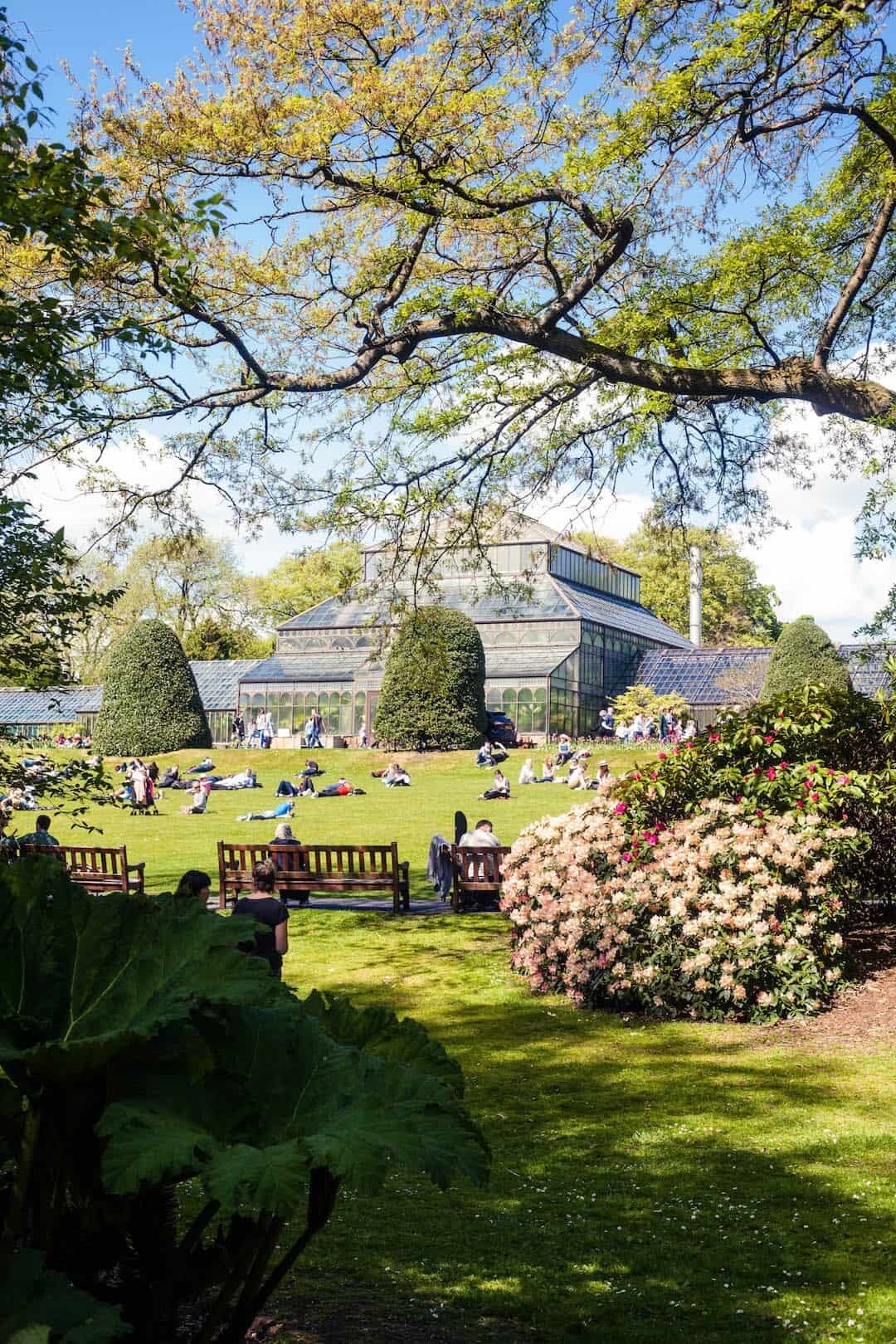
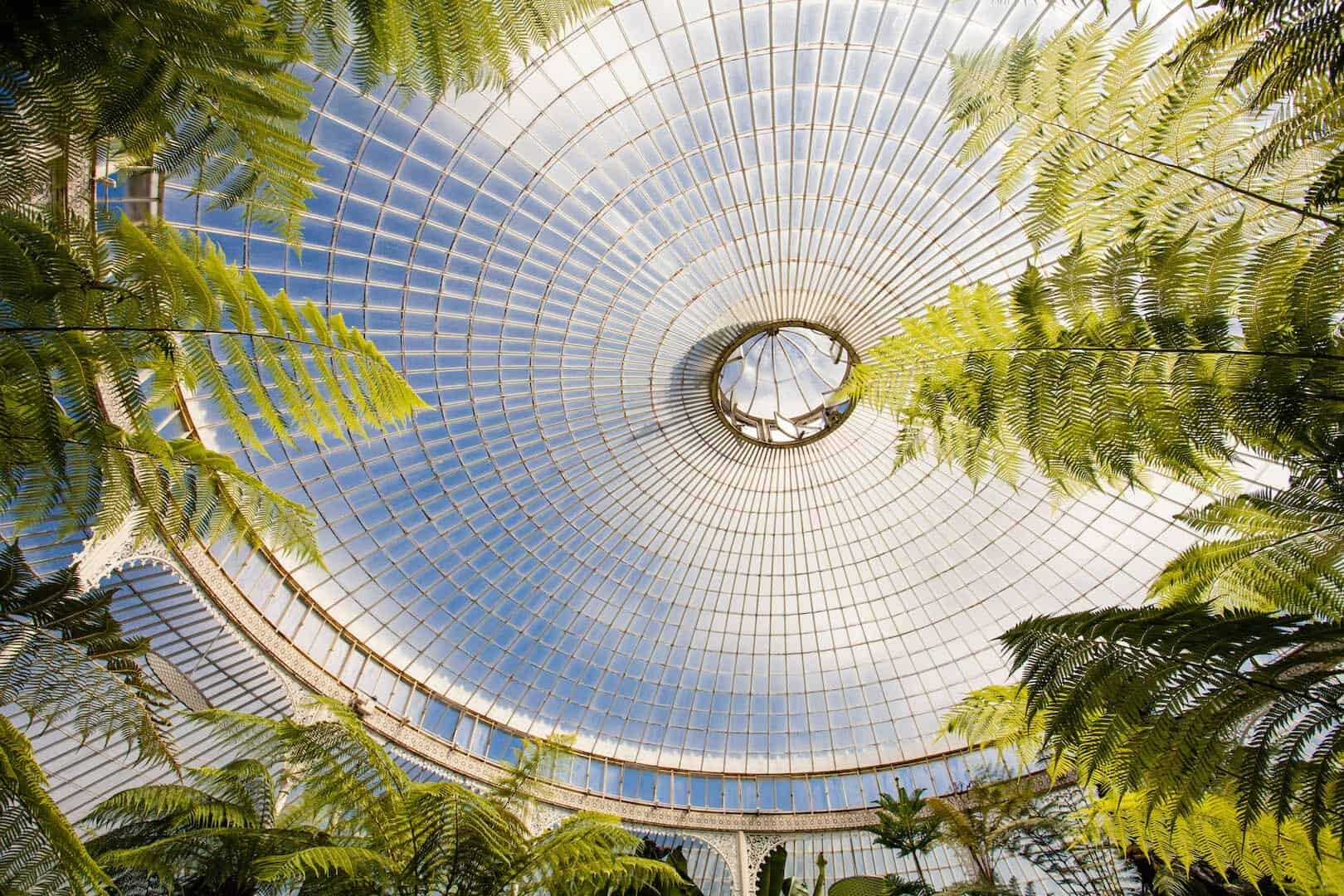
#7 Ashton Lane & Hidden Lane
Glasgow is a city of many hidden treasures. While lanes in many other cities hold nothing more but rubbish bins and employee parking spaces, Glasgow’s lanes are home to some of the quirkiest shops, restaurants and bars in town.
One of my favourite lanes is Ashton Lane near the University. It is decorated with a curtain of fairy lights high above your heads – particularly atmospheric for evening photographs! There are many cafes, bars and restaurants on Ashton Lane, including the Wee Pub, apparently Glasgow’s smallest, at the Ubiquitous Chip.
Also in the West End is the Hidden Lane, which lives up to its name and is much less famous than Ashton Lane. You will find the entrance to the Hidden Lane on Argyle Street in the trendy Finnieston neighbourhood – keep an eye out for an unassuming driveway across the road from Villa Toscana restaurant. Many of the colourful buildings in the Hidden Lane house artist studios and workshops, some of them open for visitors to swing by and see what the local makers are up to.
The Hidden Lane is also a great place to go for photogenic afternoon tea served in vintage teacups and cake stands at the Hidden Lane Tearoom.
More info: https://www.thehiddenlaneglasgow.com/, https://www.hiddenlanetearoom.com/
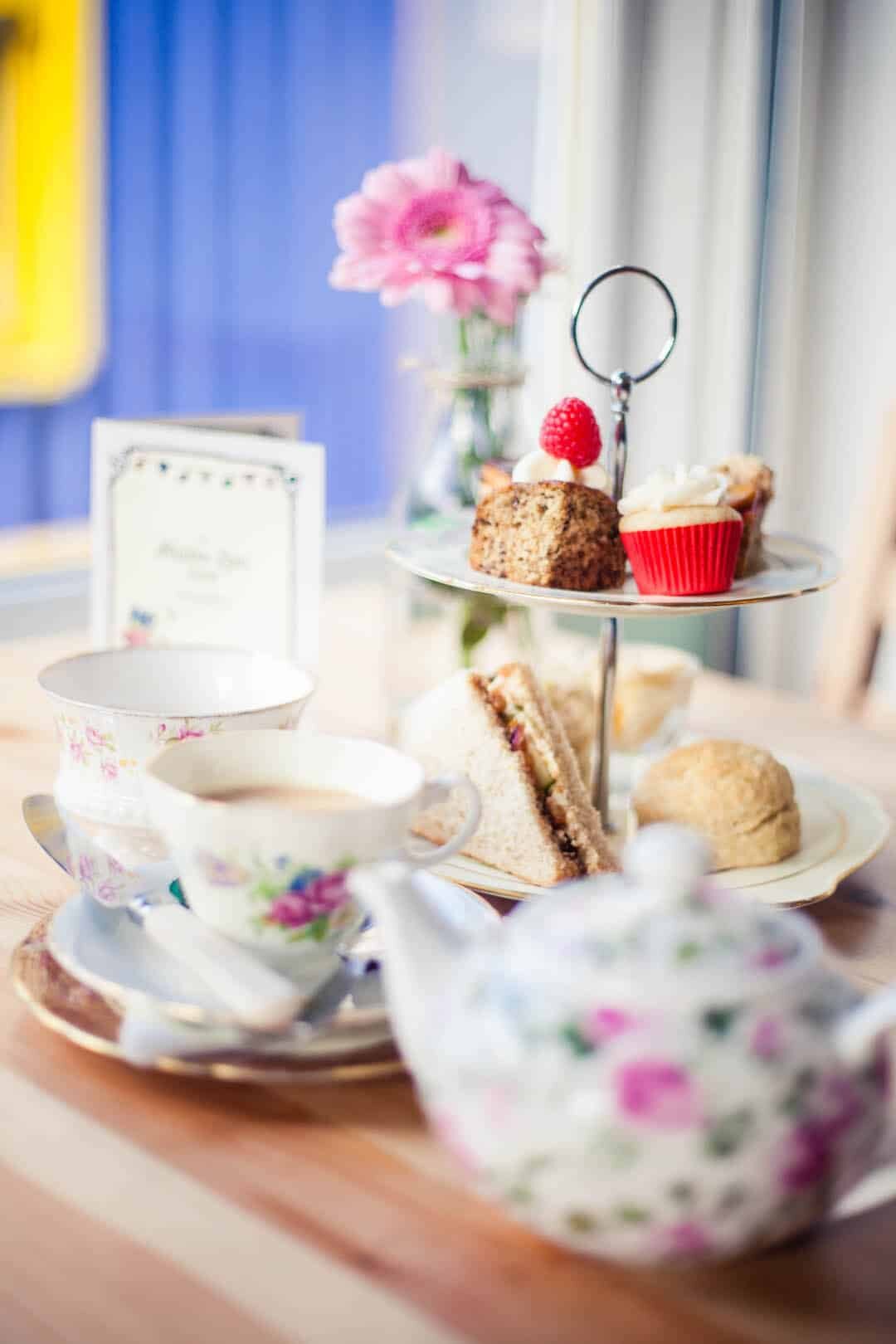

#8 The River Clyde
The River Clyde is what made Glasgow big. It allowed big ships from the colonies to arrive at the gates of the city even though Glasgow is many miles from the sea. The city developed around the river. The centre and its markets lie to the north of the river, while many wealthy merchants built majestic homes south of it. Shipyards and factories popped up on both sides of the water, and the growing working-class population found homes in neighbourhoods from east to west. Naturally, the river played an important role in people’s lives, whether they moved up and down the water or crossed it on their daily way to work.
It might come as a surprise to hear that Glasgow has the third-oldest subway system in the world – after Paris and Moscow. It consists of one line, that runs in a circle and connects the city centre with residential neighbourhoods and the former areas of the shipyards. Twice it noticeably drives deeper down into the ground to cross the river.
Today, since we don’t rely on ships to deliver our daily necessities to the city any longer, there are more bridges across the River Clyde – and some very photogenic ones. The famous Squinty Bridge or Finnieston Bridge is an iconic landmark of Glasgow and can be found on many postcards. I love photographing it from Bell’s Bridge at night. or during the day when you can clearly make out the Finnieston Crane next to it – one of two remaining shipyard cranes that stand as reminders of Glasgow’s industrial past.
Other photo spots along the River Clyde include the Tall Ship at the Riverside, the Glasgow Tower viewing platform near the Science Centre, the Suspension Bridge on South Portland Street, the Tiger mural by James Klinge and the infamous Clutha Bar.

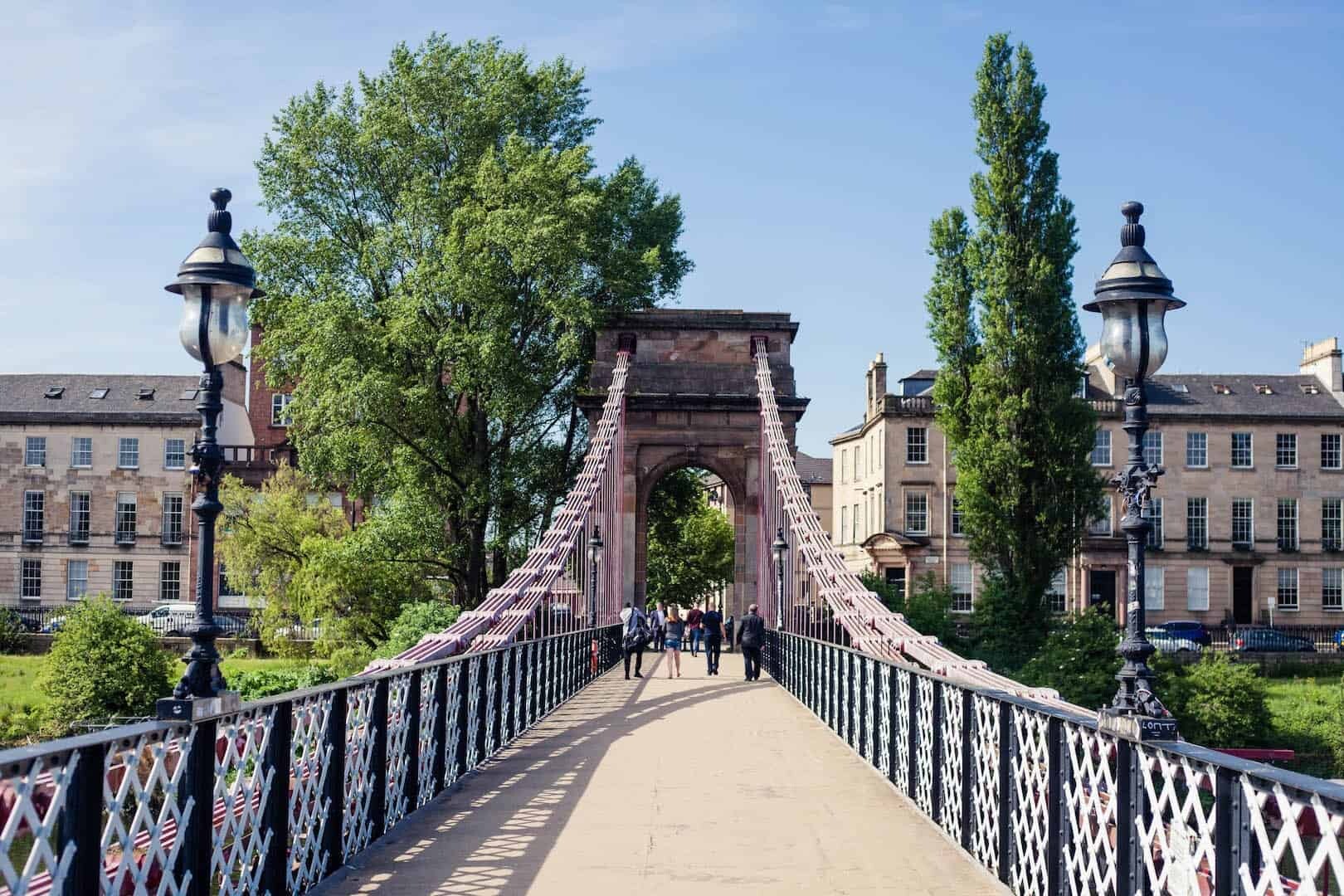
#9 The Barras
When it comes to quintessentially Glaswegian places, the Barras market is impossible to beat. Whether you love photographing people, market scenarios or quirky shops, this market is for you. Every Saturday, local vendors sell anything from used bicycles to second hand records. There are stalls outside on the street and several market halls with stalls and traditional eateries. In recent years, the Barras has seen some new developments such as colourful murals and the creation of BAad, the Barras Arts and Design centre which houses artist studio spaces, quirky shops, a restaurant and an event space. I love the local character of this market – vendors are keen to pose for photos and love showing you round their stalls and shops.


#10 Pollok House
Most visitors only see two parts of Glasgow – the city centre and the affluent West End. But there is much more to see beyond these neighbourhoods! My favourite part of the city is the Southside, a name which generally applies to anywhere south of the River Clyde.
The Southside is a hotchpotch of diverse neighbourhoods and a melting pot of cultures from around the world. You could come here for street photography, to take portraits of local characters, business owners and shop keepers, or to capture the beauty of nature in parks such as Queen’s Park, Linn Park of Pollok Park.
Pollok Park in particular is worth a visit as it is also home to Pollok House, a grand country house in the middle of the park. It holds a collection of Spanish artwork and features a very special cedar-panelled smoking room, but also a lovely cafe and a landscaped garden that is open to the public. I love its vibe of an Italian palace surrounded by lush greenery and a wild country park – it’s the perfect place to escape the city.
More info: https://www.nts.org.uk/visit/places/pollok-house

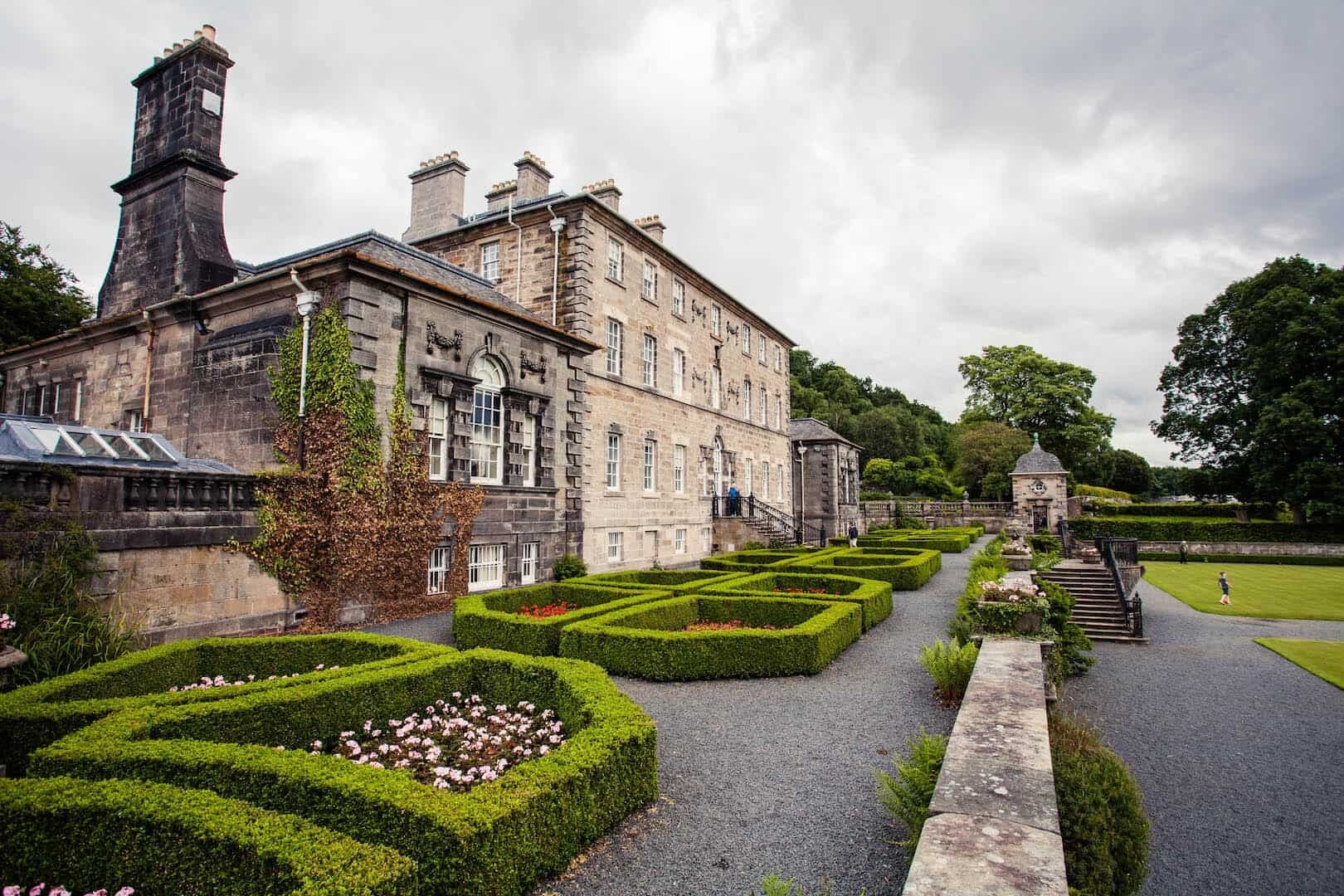
Glasgow might not have the same immediate charm as the medieval Old Town of Edinburgh, but the diverse architecture, lively neighbourhoods and hidden gems off the beaten track make is a great city for a photography getaway.
To read more of Kathi’s article’s on Glasgow, take a peek at her itineraries, recommendations and guides here.


Kathi Kamleitner is a travel writer and photographer based in Glasgow. She was drawn to Scotland by her passion for the outdoors and a promise of adventure in the Scottish Highlands. Kathi runs the Scotland travel blog WatchMeSee.com which aims to inspire people to travel in Scotland and empower women in particular to go on more adventures. You can find her at @watchmesee on Twitter and Instagram.

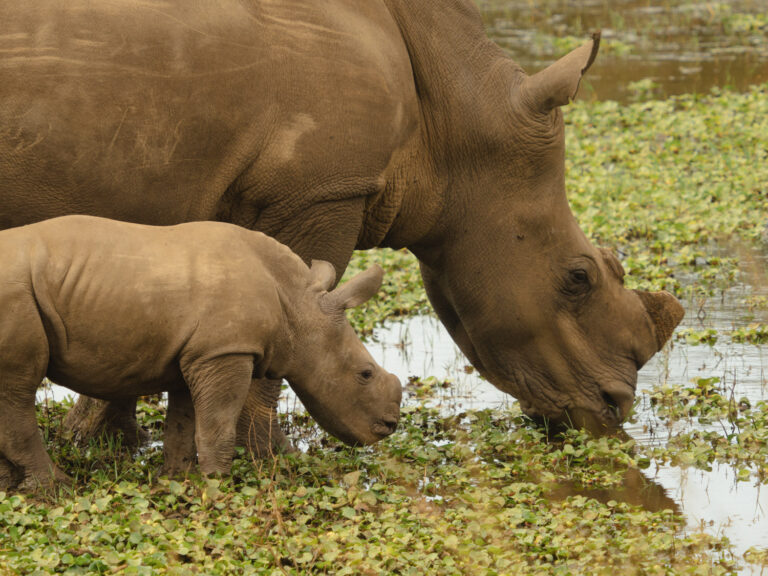
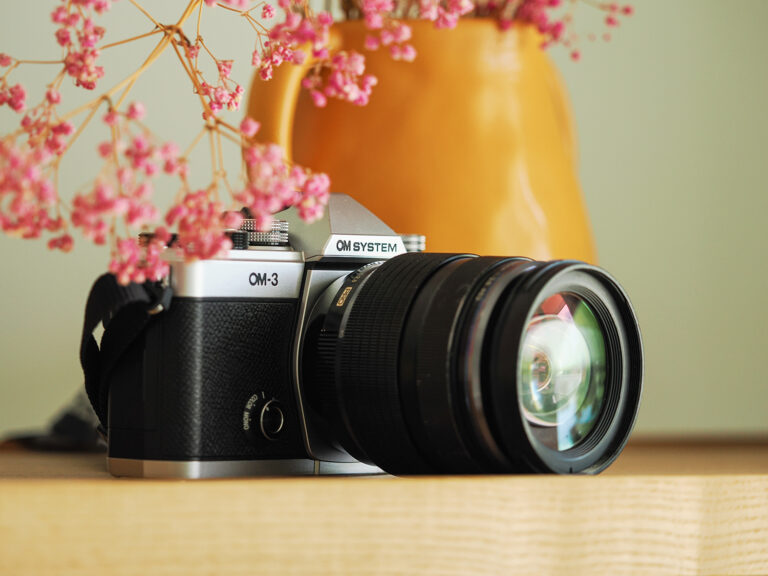
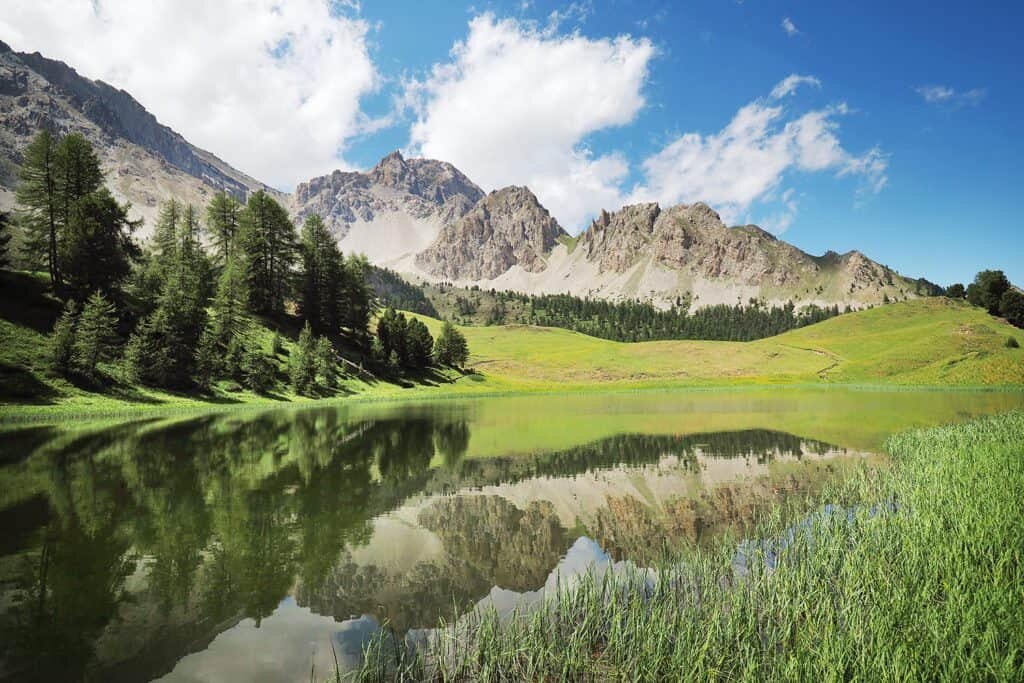
Blog Comments
Peter Ogrady
December 11, 2020 at 1:44 pm
I could not agree more when you describe the “hotch potch” of the architecture and the diversity of population and sights in that area. It’s one that attracts me and I imagine presents great photographic subjects for you.